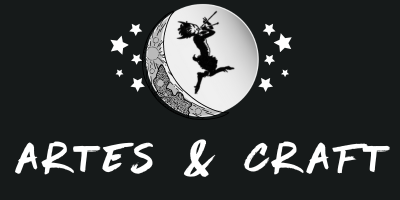


Login
Log in if you have an account
Register
Having an account with us will allow you to check out faster in the future, store multiple addresses, view and track your orders in your account, and more.
Create an accountAn Excellent Book of the Arte of Magicke
An Excellent Booke of the Arte of The Magical Works of Humphrey Gilbert and John Davis, transcribed from British Library Additional manuscript 36674, edited and introduced by Phil Legard, with supplementary essays by Alexander Cummins, and a foreword by Dan Harms. The first part of the book, Texts, opens with a colour facsimile of ff.47r–62v from Add. ms. 36674, known as the Excellent Booke and Visions, followed by modernised and diplomatic transcriptions. The Excellent Booke and Visions are, as Legard writes in his Preface, ‘unique documents of sixteenth century magical ones that deserve to be widely read and studied by scholars and practitioners alike since they preserve a detailed account of both the making and the use of a grimoire.’ A book of particular note to those interested in Azazel, the fallen angel and necromantic traditions, students of the grimoires and the practical workings of dirty medieval magic. Appended to the Excellent Booke are three further, related manuscript transcriptions, the necromantic graveyard ritual in Experiments of Azasel, Ancor, Anycor and Analos, from Illinois Pre-1650 ms. 0102, the scrying procedure of An Experiment of Bleth, from Sloane 3824, and the necromantic and treasure hunting rites of Related Experiments, from Case ms. 5017. In the second part of the book, Contexts, Dr Alexander Cummins provides a trilogy of essays. He first surveys early modern necromancy, its tools and techniques in their historical setting. He then discusses scrying techniques in depth, with reference to Artephius, Dee and Kelley, Aubrey, Lilly, Forman et al. He concludes with a discussion of tutelary shades, and the learning of magic from dead magicians, whether Solomon, Adam, Cornelius Agrippa or Roger Bacon. Thus armed, the appropriately black-clad reader can engage with the Excellent Booke as a practical grimoire of the necromantic art.
